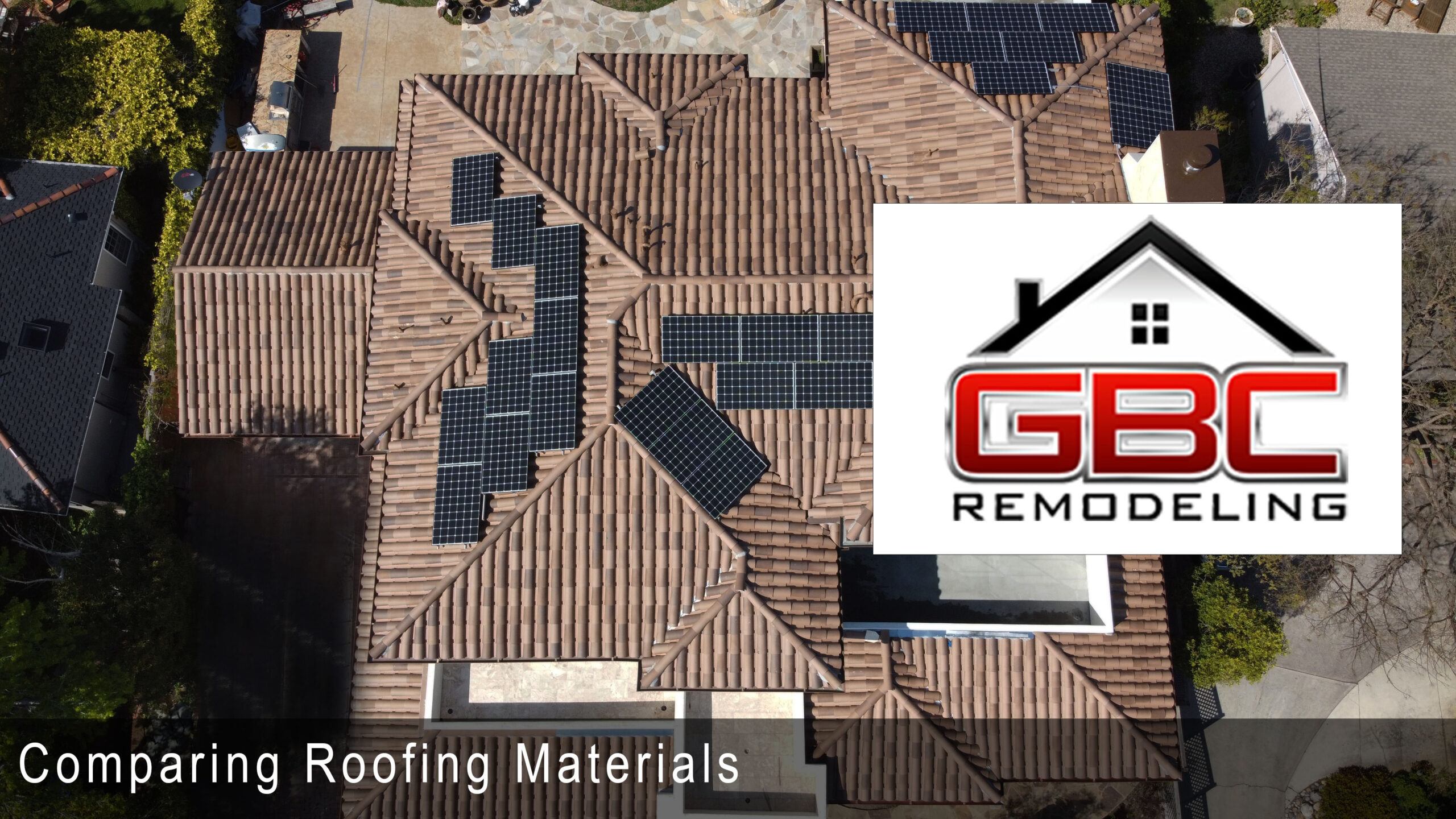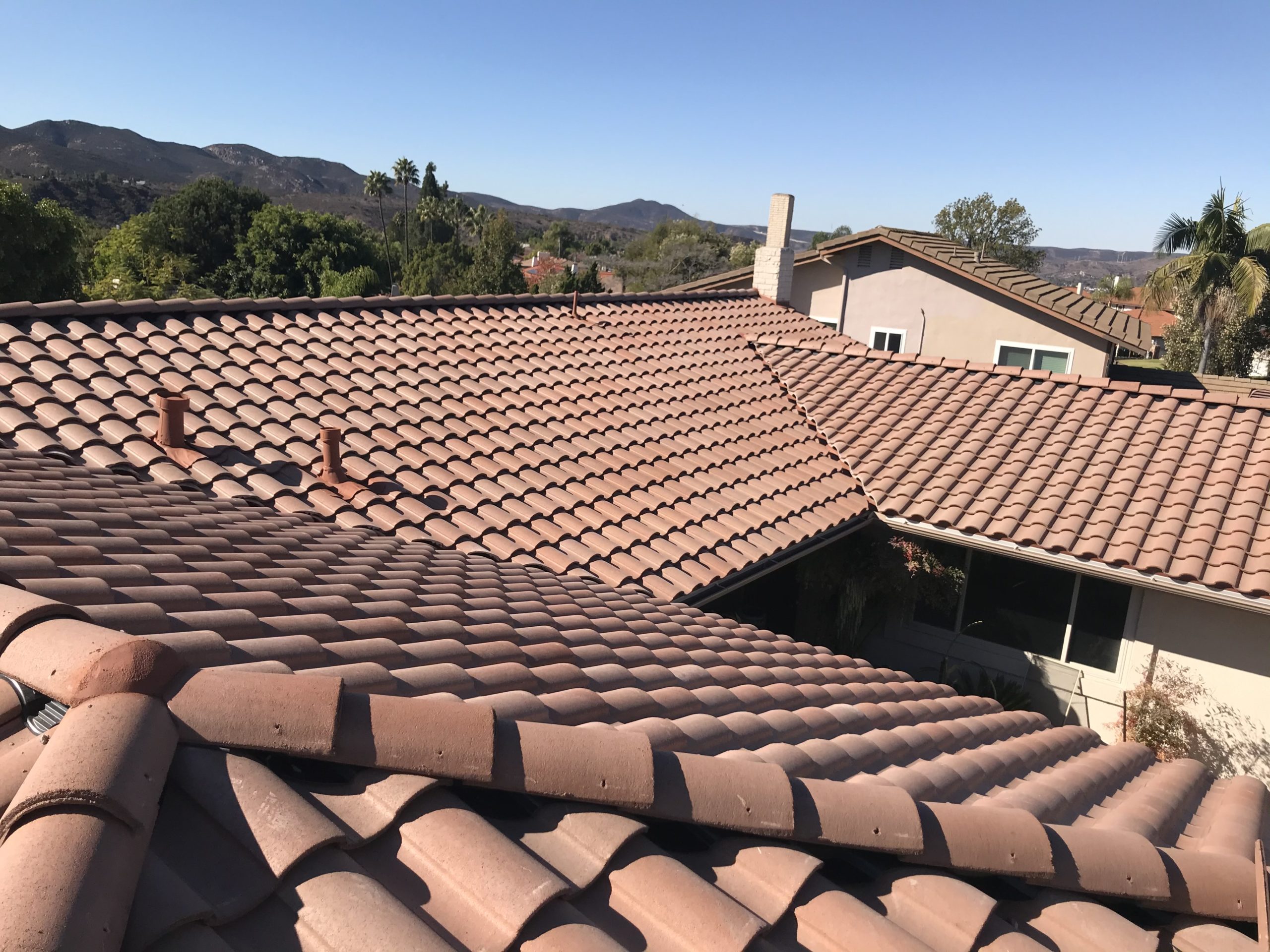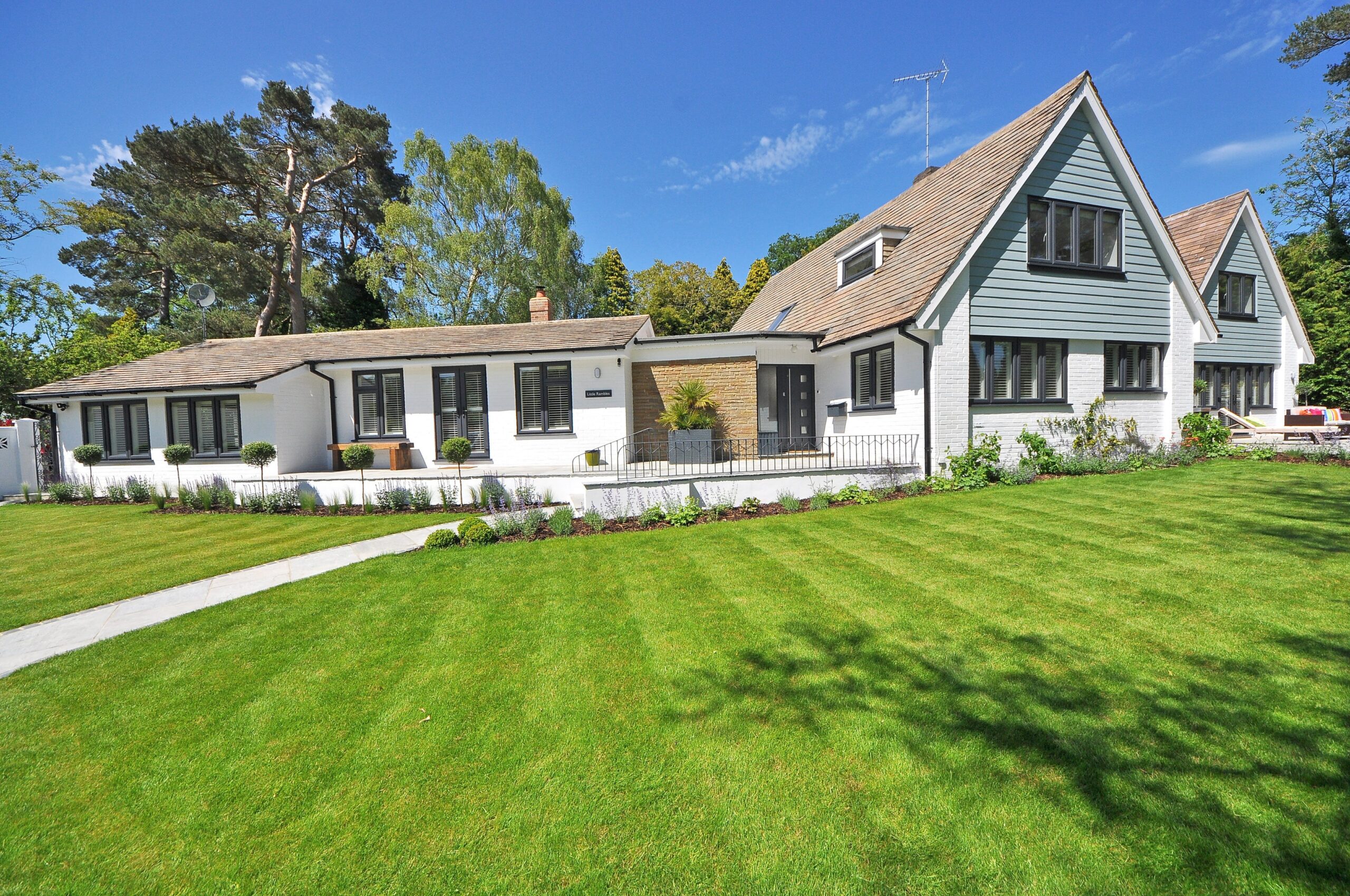Comparing Roofing Materials
The elegance and beauty of a home are mostly down to its roofing installation. Everyone sees your roof first and that impression will likely stay with them throughout their visit to your home.
But whether you’re renovating or installing a roof for the first time, this part is often the most expensive investment for homeowners.
Although cost is a significant concern for homeowners when it comes to choosing roofing materials, quality should be the topmost concern. The quality of your preferred roofing material translates to its longevity.
This is why paying extra cash for a good roof will do more good than going for low-budget roofing material. In this article we’re exploring the various types and styles of roofing materials, their pros, and cons, the most common types, the most durable, and lots more.
What Are The Most Common Types of Roofing Materials
There are five most common types of roofing materials when it comes to roof type. They are pretty standard because almost 95 percent of American homeowners have them:
- Metal Roofs
- Asphalt Shingle roofs
- Wood Shake Roofs
- Slate Roofs
- Ceramic Roofing tiles
Your choice of any one of these materials will depend on various factors. But whether you’re planning to retire in your home or sell within the next few years, high quality roofing materials will always justify their cost. Here’s how the most popular roofing materials compare.
#1. Asphalt Shingles
Asphalt shingles, the most common type of roofing material, are used in the US and other parts of the country. They are inexpensive because of their popularity, and they come in a range of appealing styles which provide enough protection from the weather.
Asphalt shingles do need to be replaced after 20 years. Although 20 years seem like a long time for a homeowner, it is advisable to use impact-resistant asphalt shingles to save you some money on your insurance.
Pros
- Asphalt shingles come in different color options for you to pick from
- Their fiberglass offer good fire protection
- They are an inexpensive (affordable) roof covering with good and better range
- Their versatility is top-notch
- They are known to withstand high winds.
Cons
- They do not hold up for long due to rapid temperature changes.
- They also damage easily during frigid weather
- Their lifetime cost is higher than most roofing materials because they require frequent replacement.
#2. Metal Roofing
Metal roofing comes in various vertice panels and shingle designs, including those seen in tile, shake, and slate. Metal roofing can last for a period of 60 years. It’s great for moving snow and rain and keeping your roof from getting wet. It is non-combustible and can withstand the pressure from strong winds.
Not to mention how simple it is to set up and how light it is. However, it can be pretty loud during a rainstorm or hailstorm, though it is more affordable depending on the metal utilized because each metal’s susceptibility to corrode differs.
Pros
- They have the class A fire rating
- They can last up to 50 to 100 years with warranties of 30 to 50 years
- They are known for their extreme durability
- They have resistance to high winds
Cons
- They are more expensive
- They can be pretty noisy during a rainstorm
- They tend to expand with time
#3. Built-Up Roofing (BUR)
Built-up roofing is composed of tar, asphalt, and glue and is highly heavy. It’s only suitable for flat rooftops and is frequently found on a rooftop deck with many foot activities. It will absorb excess sun for a rooftop summer area but will be tough to maintain in the winter due to the friction. It can last between 25 to 30 years on average.
Pros
- They are fire-resistant
- They protect the roof from leakage
- The surface punishment is well handled
- Their maintenance level is low
Cons
- Their installation is quite expensive
- They can bring out hazardous fumes during their installation
- The membrane of their UV rays breaks down easily
#4. Slate Roofing
In terms of durability, slate roofing is unrivaled. It has a lifespan of over 100 years. It’s hard to catch fire because of its water-resistant nature. It keeps fungi and mold at bay and is effective in rainy weather. However, it is costly and quickly shatters due to careless walking or intense precipitation.
Pros
- They are extremely durable
- They are eye-catchy (attractive)
- They are fire-resistant
- They require little maintenance
- They are lightweight but strong
Cons
- The thickness in tiles varies
- They are heavier
- If not correctly installed will start producing moisture
- They might break and shatter if walked upon
#5 Stone-Coated Steel Roofing
Because it features an interlocking panel mechanism, stone-coated steel roofing looks like shingles, clay, or slate. It is highly resistant to rain, heavy winds, and virtually any other type of weather. Furthermore, it is cost-effective and will not break your budget.
If you live in a damp, windy, or wildfire-prone environment, stone-coated steel roofing comes with a lifetime warranty, ensuring you receive the best possible service. However, it’s doubtful that you’ll need to use the warranty.
Pros
- They are resistant to rain, snow, and high wind
- They hardly break, split, or make cracks
- They are durable
- Their maintenance level is low
- They are effective in terms of energy usage
Cons
- They are more expensive
- They are noisy during rainstorms and hailstorms
#6. Concrete and Clay Tiles
Concrete and clay tile can withstand extreme weather events like high-speed winds, earthquakes, tornadoes, and hurricanes. They work well in dry, warm regions and may have additional roof maintenance to help support the weight, but they are highly capable once set up. Call us for your tile repair and replacement needs!
Pros
- They tend to retain their color
- They are inexpensive
- They are effective in terms of more energy usage
- They are resistant to decay and insect attack
- They are maintenance-free
- They are the best when it comes to fire safety
- They can last up to 50 years in service
Cons
- They can be costly
- There is difficulty in installation
- The weight of the tiles requires reinforcement
#7. Solar Tile Roofing
Solar tiles are now considered a sort of roofing as well. With your current shingles, an advanced solar collector can create over 1 kilowatt of electricity per 100 square feet. Perfect for a sunny regional area where a homeowner association prohibits traditional solar panels. However, because they combine the best of both worlds, they are more expensive than a conventional solar solution.
Pros
- They are an alternative to solar panels as they produce 100 percent electricity for homes, thereby reducing the cost of electricity.
- They are quite sustainable
- They are capable of producing about 4 kilowatts of power.
Cons
- Installing the new roof requires the removal of a portion of the present roof
- They are costly
Which is The Most Durable Roofing Material?
Surprisingly, slate is the most durable roofing material. It has been popular for hundreds of years worldwide, and some of the earliest versions are still in excellent shape. Slate is a type of rock. For example, it can’t rot, rust, burn, or be harmed by water. It repels insects and is practically impenetrable.
It is unequaled in terms of durability and lifespan, looks fantastic, and may significantly improve the appearance of your opulent home. In other words, slate roofing will outlive any other roof in extreme weather.
Which Roofing Material Has The Most Longevity?
The roofing material with the highest longevity goes to clay and concrete roofing. They can last up to 50years on average and may significantly extend to 150 years in rare situations.
The technology continues to advance, making the tiles lighter, stiffer, and nearly indestructible in normal roofing circumstances. Depending on maintenance and installation, you can get a minimum of 50 or 120 years from this roof. This is comparable to slate roofing.
Conclusion
With the above-listed roofing materials, you can now determine your ideal roofing. Bear in mind that the most outstanding roof is one that meets your requirements. Climate, budget, and home are all factors to consider.
There is always the possibility of a roof getting damaged regardless of its type. Roofing can be costly, so be sure to have adequate insurance coverage to protect you from unexpected costs.
For a free estimate on getting your roof redone, with the best roofing materials and the best warranties in the industry. Call us today. GBC is a roofing company in San Diego, CA.





